Rising Energy Costs
Energy costs are a critical factor influencing the Recycled Scrap Metal Market. The production of new metals is energy-intensive, often requiring significant fossil fuel consumption. In contrast, recycling metals typically consumes 60-90% less energy, making it a more cost-effective and environmentally friendly option. As energy prices continue to rise, industries are increasingly turning to recycled metals to mitigate costs. For instance, the energy savings associated with recycling aluminum can lead to a reduction in production costs by up to 50%. This economic advantage is likely to drive further investment in the Recycled Scrap Metal Market, as companies seek to optimize their operations and reduce their carbon footprint.
Government Regulations and Incentives
Government regulations and incentives are significantly shaping the Recycled Scrap Metal Market. Many countries are implementing stricter regulations on waste management and promoting recycling initiatives to reduce landfill waste. For instance, tax incentives for companies that utilize recycled materials can encourage businesses to invest in the Recycled Scrap Metal Market. Additionally, regulations mandating the use of recycled content in manufacturing processes are becoming more prevalent. These policies not only foster a more sustainable economy but also create a favorable environment for the growth of the Recycled Scrap Metal Market. As governments continue to prioritize environmental sustainability, the demand for recycled metals is likely to increase, further driving market expansion.
Increasing Demand for Recycled Materials
The Recycled Scrap Metal Market is experiencing a notable surge in demand for recycled materials, driven by the growing emphasis on sustainability and resource conservation. Industries such as construction, automotive, and electronics are increasingly sourcing recycled metals to meet their production needs. In 2025, the demand for recycled aluminum and steel is projected to rise by approximately 15%, reflecting a shift towards more sustainable practices. This trend is further supported by consumer preferences for eco-friendly products, which encourages manufacturers to incorporate recycled materials into their supply chains. As a result, the Recycled Scrap Metal Market is likely to expand, providing opportunities for businesses engaged in the collection, processing, and distribution of scrap metals.
Growing Awareness of Environmental Impact
There is a growing awareness of the environmental impact associated with metal production, which is influencing the Recycled Scrap Metal Market. Consumers and businesses alike are becoming more conscious of the ecological footprint of their choices, leading to a preference for products made from recycled materials. This shift in consumer behavior is prompting manufacturers to adopt more sustainable practices, including sourcing recycled metals. In 2025, it is estimated that the market for recycled metals could grow by 20% as companies respond to this heightened awareness. The Recycled Scrap Metal Market stands to benefit from this trend, as it aligns with the broader movement towards sustainability and responsible resource management.
Technological Innovations in Recycling Processes
Technological advancements are playing a pivotal role in enhancing the efficiency of the Recycled Scrap Metal Market. Innovations such as automated sorting systems, advanced shredding techniques, and improved smelting processes are streamlining operations and increasing recovery rates of valuable metals. For example, the implementation of AI-driven sorting technologies has been shown to improve the accuracy of metal separation, leading to higher quality recycled products. As these technologies become more widely adopted, the Recycled Scrap Metal Market is expected to benefit from increased productivity and reduced operational costs. This evolution not only enhances the economic viability of recycling but also supports the industry's growth by attracting new players and investments.


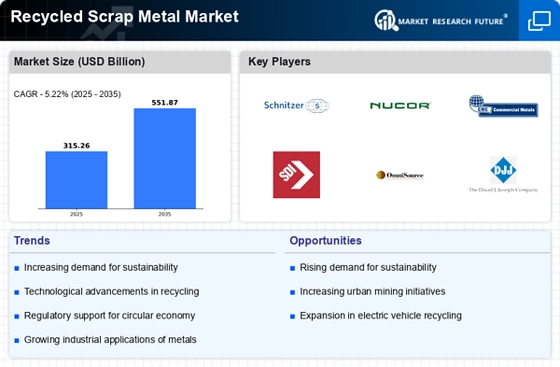


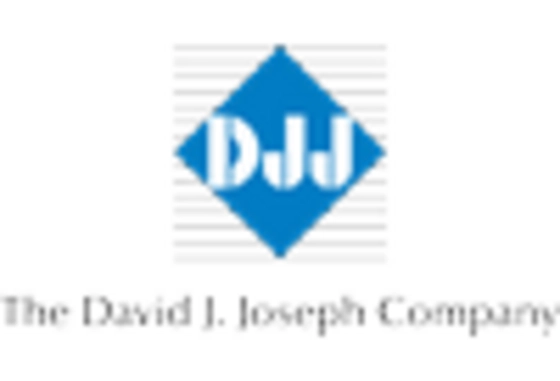
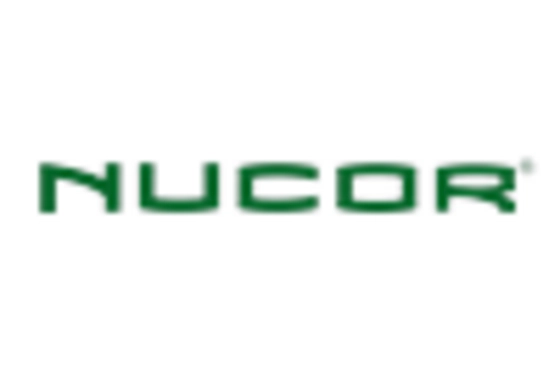
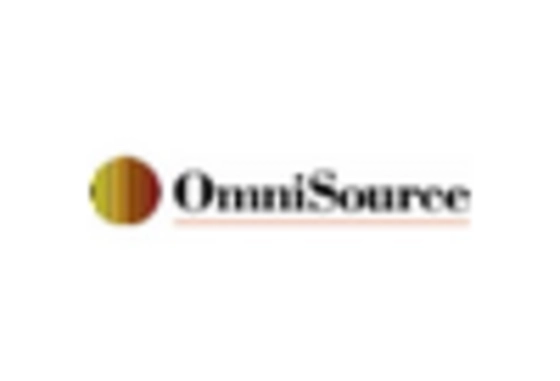
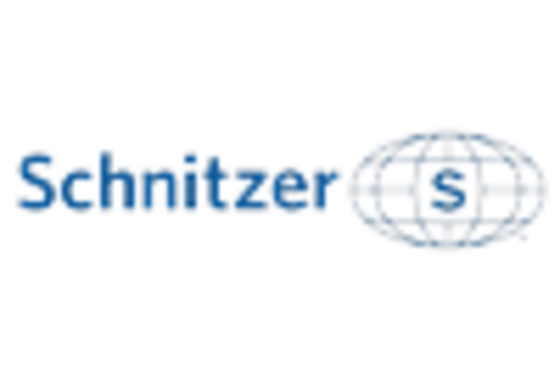
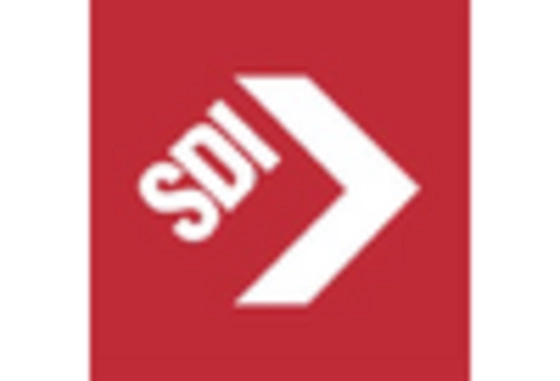








Leave a Comment